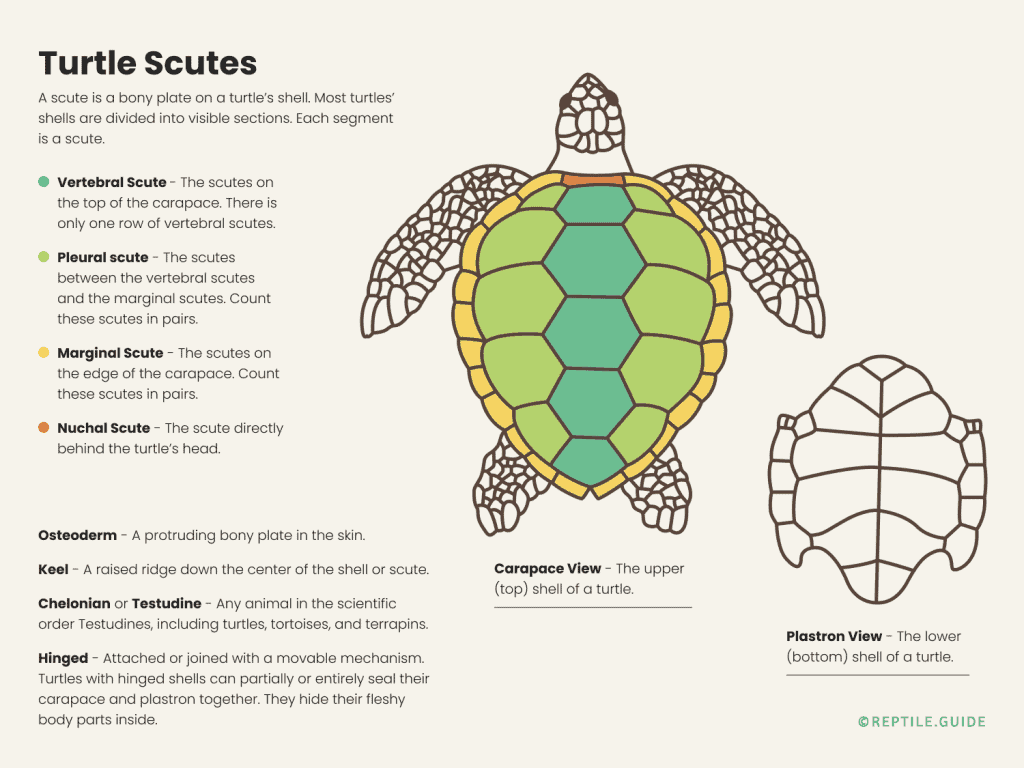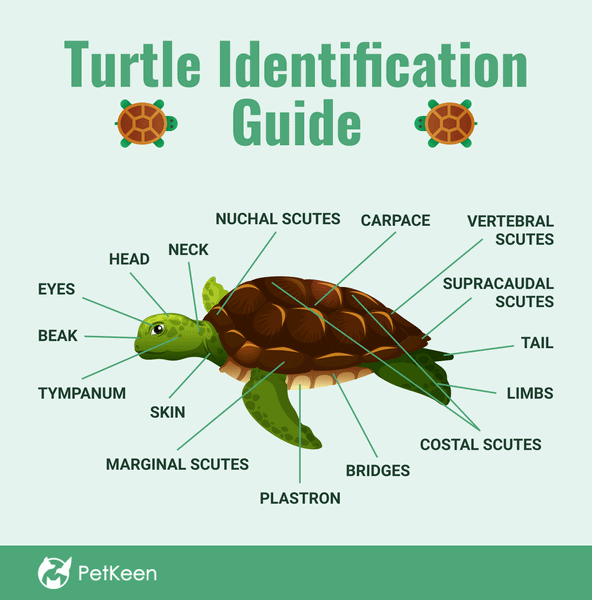In this article, you will learn about the interesting process of teaching baby turtles to recognize and respond to their names. We will explore the different methods used by researchers and experts in this field, and how these techniques contribute to a deeper understanding of animal cognition. By the end, you will have a newfound appreciation for the intelligence and adaptability of these fascinating creatures.

Importance of Teaching Baby Turtles to Recognize and Respond to Their Names
Having a strong bond and effective communication with your baby turtles is essential for their well-being and training. One way to enhance this bond is by teaching them to recognize and respond to their names. Not only does this foster a deeper connection between you and your turtles, but it also facilitates their training and management. In this article, we will explore the cognitive abilities of baby turtles, the initial steps for name recognition, name association techniques, implementing name response training, and the benefits of name recognition for baby turtles.
Understanding the Cognitive Abilities of Baby Turtles
Before delving into the training process, it is important to understand the cognitive development and capabilities of baby turtles. While they may not possess the same level of intelligence as mammals, reptiles, including turtles, have shown remarkable cognitive skills. Research has revealed their ability to learn and retain information, including auditory stimuli.
Auditory processing plays a critical role in how baby turtles perceive and respond to their environment. They have demonstrated an ability to distinguish specific sounds and associate them with different meanings. By capitalizing on their auditory abilities, we can effectively teach them to recognize and respond to their names.
Initial Steps for Name Recognition
The first step in teaching baby turtles to recognize their names is choosing suitable names for each individual turtle. It is important to select names that are distinct and easily distinguishable from other sounds in their surroundings. Using short, one or two-syllable names is ideal as they are easier for baby turtles to process and remember.
Creating positive associations with their names is also crucial. This can be achieved by pairing their names with rewards and favorite activities. For example, every time you call their name, reward them with a small treat or engage them in a fun activity. By doing so, they will begin to associate their names with positive experiences, thus improving their motivation to respond.
Introducing Name Association Techniques
Repetition and consistency are key components in teaching baby turtles to recognize their names. Consistently using their names during interactions and training sessions helps reinforce the association between their names and themselves. Make it a habit to call their names multiple times throughout the day, especially during feeding times and play sessions.
Positive reinforcement is another effective technique to strengthen their name associations. When your baby turtle responds to their name, immediately reward them with praise, treats, or their favorite activity. This positive feedback helps reinforce their understanding that responding to their name brings positive outcomes.

Implementing Name Response Training
To effectively teach baby turtles to respond to their names, different training approaches can be used. Voice command training involves consistently using their names followed by a specific command or action. For example, saying their name followed by “come” and rewarding them when they come towards you. This helps them learn to associate their names with specific actions or behaviors.
Visual cue training can also be incorporated to reinforce name response. Pairing specific visual cues, such as hand gestures or waving an object, with their names can help them understand and respond to the cue associated with their name. Consistent repetition and positive reinforcement are essential in both voice command and visual cue training to ensure successful name response.
Challenges and Solutions in Teaching Baby Turtles Names
Teaching baby turtles to recognize and respond to their names may come with challenges. One common challenge is the lack of immediate response from the turtles. Some baby turtles may take longer to understand and respond to their names compared to others. Patience and consistency are key in overcoming this challenge. Continue using their names during interactions and training sessions, and gradually increase the difficulty of the commands or cues associated with their names.
Another challenge lies in adapting to individual learning styles. Just like humans, baby turtles have distinct personalities and learning preferences. Some turtles may respond better to voice commands, while others may be more receptive to visual cues. It is important to observe and understand the unique learning style of each turtle and tailor the training accordingly.

Planning Training Sessions for Optimal Results
To achieve optimal results in teaching baby turtles to recognize and respond to their names, it is important to plan training sessions that gradually progress in difficulty. Start with simple commands or cues and gradually increase the complexity as their understanding improves. This ensures they are constantly challenged and engaged in the training process.
Regular reinforcement and practice are also vital for their progress. Consistently incorporating their names into daily interactions and training sessions helps solidify their name recognition and response. Training sessions should be conducted on a regular basis, allowing for reinforcement and practice.
Monitoring and Evaluating the Progress of Baby Turtles
During the training process, it is crucial to monitor and evaluate the progress of baby turtles. Observation and data collection can help assess their understanding and responsiveness to their names. Keep a record of their response rates and behaviors during training sessions to track their progress over time.
Based on the collected data, adjustments can be made to training strategies. If certain techniques or cues are not yielding positive results, alternative approaches can be explored. Flexibility in training methods ensures that each baby turtle’s unique learning capacities are effectively addressed.

Ensuring Safety and Well-being during Training
While training baby turtles to recognize and respond to their names is important, ensuring their safety and well-being should always be a top priority. Create an appropriate training environment that is safe and free from potential hazards. This includes providing a clean and secure enclosure with proper temperature and lighting conditions.
Avoid causing unnecessary stress or overexertion during training sessions. Keep the training sessions short and frequent, allowing for breaks to prevent fatigue. Always prioritize the physical and mental well-being of your baby turtles throughout the training process.
Benefits of Name Recognition for Baby Turtles
Teaching baby turtles to recognize and respond to their names offers several benefits. Firstly, it enhances the interaction between keepers and turtles. When baby turtles recognize and respond to their names, it creates a stronger bond and fosters a deeper connection with their keepers. This, in turn, leads to better trust and communication between both parties.
Name recognition also facilitates medical procedures for baby turtles. By responding to their names, they can be easily identified and separated for medical examinations or treatments. This reduces stress for both the turtles and the keepers, making the overall management of their health easier and more efficient.

Expanding Training Techniques beyond Name Recognition
Once baby turtles have successfully learned to recognize and respond to their names, it opens up opportunities to expand their training repertoire. Behavioral enrichment activities can be incorporated to keep baby turtles mentally stimulated and engaged. These activities can range from puzzle feeders to obstacle courses, providing them with mental challenges and encouraging their problem-solving skills.
Furthermore, with their improved cognitive abilities, baby turtles can begin to understand and respond to advanced commands. This can include behaviors such as target training, maze navigation, or even participation in scientific research. Expanding their training beyond name recognition allows for continued mental and behavioral development.
Long-term Implications of Name Recognition Training
Teaching baby turtles to recognize and respond to their names has long-term implications, especially in the context of conservation efforts. By establishing a strong bond and communication foundation, it becomes easier to implement conservation strategies that aid in their protection and rehabilitation. Turtles trained to recognize their names can be more easily monitored, tracked, and protected in the wild.
Additionally, name recognition training enhances conservation awareness among keepers and the public. As more people witness the incredible capabilities of baby turtles and their ability to learn and respond, it instills a greater appreciation for these species and their importance in the ecosystem. This positive impact on conservation awareness can lead to increased efforts in protecting and preserving turtle populations worldwide.
Addressing Common Misconceptions about Training Baby Turtles
There are common misconceptions surrounding the training of baby turtles. Some people believe that training may impact natural behaviors or cause distress to the turtles. However, when done correctly and with respect for the turtles’ needs, training can complement their natural behaviors and enhance their overall well-being.
Ethical considerations are also important when training baby turtles. It is essential to ensure that training methods are based on positive reinforcement and do not involve any form of harm or punishment. Respecting the turtles’ natural behaviors and limitations is key in guaranteeing their welfare during the training process.
Conclusion
Teaching baby turtles to recognize and respond to their names is a valuable practice that enhances the bond, communication, and overall well-being of these remarkable reptiles. By understanding their cognitive abilities, implementing effective techniques, and addressing challenges, we can successfully train baby turtles to associate their names with positive experiences. The benefits of name recognition extend beyond the individual turtles, contributing to conservation efforts and increasing public awareness. So why not start the journey of teaching your baby turtles their names and unlock the potential for a deeper connection with these amazing creatures?
